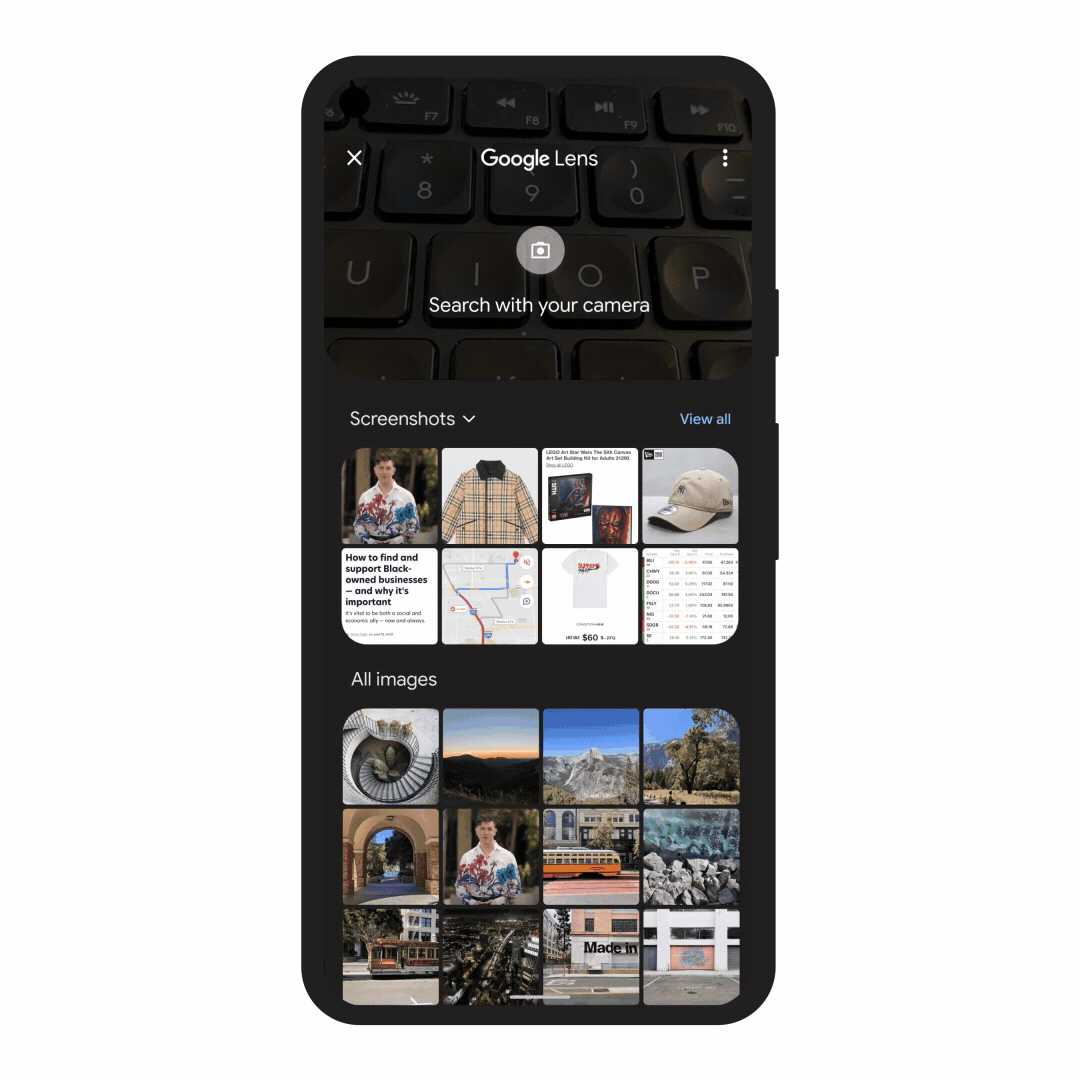Acknowledging the vast amount of information available to us on the internet Google has been concentrating on AI capabilities, at Googles Search On Livestream event back in September they shared…
“how we’re bringing the latest in AI to Google’s products, giving people new ways to search and explore information in more natural and intuitive ways”
What is Google MUM?
Multitask Unified Model (MUM) is the latest update from Google to deliver search results using an AI algorithm. The new technology will help the search engine better understand users requirements on a deeper level, not only looking for keywords but have an understanding of the context of the search.
Drastically reducing the requirement to search further into a topic, it is said that on average people currently need to carry out 8 searches to find what they are looking for.
So what does that mean?
Rather than you previous asking a machine, you are now asking a machine which is thinking like your Mum, OK more like someone with expertise in that particular topic field (Mums don’t actually know it all!) ….. you won’t get a list of results and have to search deeper, you will get results that are tailored to your search.
So for example…. if you put into Google search ‘What are the best 3 day walks in Scotland in the winter?’
you will get a list of the best walking routes in Scotland, however with MUM you will not only get the best walks, but you will also get results for winter walking clothing and equipment, and places to stay. Mum will take ‘winter’ and ‘walking’ and will understand that you may require clothing and equipment. It will take 3 days and flag up walking holidays and hotels. Pointing you to articles, images and videos.
The goal for Google is for you to search the internet and the search will be translated as if you were talking to an expert… meaning you will not have to keep searching but all results closely related will be in one place… again it’s all about that fantastic user experience.


No Language Barrier
MUM will have the capability to deliver results that would not have been available to you before due to language barriers. MUM will have the capability to search the internet in various languages get a better insight into your search and bring you better results no matter what the language.
Image and questions
This is where things get very interesting as MUM is multimodal meaning it understands information from formats such as images, videos, webpages etc… which it can do simultaneously.
It is hoped that eventually, you will be able, for example, to take a photo of your walking boots and ask ‘are these boots ok for walking in Scotland?’ and that will be all you need for your search to find results. Furthermore, rather than have to describe a pattern that you like and look for a shirt in that pattern, you will simply take a photo of that pattern and ask for shirts matching the pattern…….its incredibly exciting, and will make searching the web easier and far less tedious.
Google video example from the Google article – How ai making information more useful
When do we expect to see Google Mum rolled out?
Taken from Google Article – MUM: A new AI milestone for understanding information
We’ll bring MUM-powered features and improvements to our products in the coming months and years. Though we’re in the early days of exploring MUM, it’s an important milestone toward a future where Google can understand all of the different ways people naturally communicate and interpret information
To read the full article click on the link MUM: A new AI milestone for understanding information
What does Google MUM mean for SEO?
All SEO campaigns now have, or should have, user experience at the forefront of their drive. MUM will be looking for relevant information, and therefore as long as your content is factual, interesting, and comes from a traceable, reliable source and is accessible you are well on your way.
To assist with the AI Google will use the feedback they receive from Google Raters who are looking at Page Quality on a website which helps to show how people find information, this feedback is used to help with the AI technology and MUM algorithm.
Goodbye To BERT
The last real notable change from Google was when they rolled out the BERT algorithm back in 2019, the algorithm understood natural language, and was hugely important given that so many of us use voice search through our mobiles and smart speakers.
BERT or Bidirectional Encoder Representations from Transformers helps to understand words, as humans we, of course, understand words in a sentence and their meanings, but there are so many words with the similar or same meaning that a machine can not dedifferentiate between. This is where BERT came in understanding natural language, so machines (search engines) can better understand what it is we are looking for and therefore deliver better results. Looking at the complete sentence rather than a keyword meant that BERT was able to find pages with more relevant answers to the query, if your website lost its ranking when BERT was rolled out it was not necessarily because BERT ranked them better but because BERT understood them.
Over optimising a website is a thing of the past, you are far better creating content in a natural language giving as much information as you can about where that information came from and who created it.
Now we are moving on from BERT and MUM will further be looking into the content you provide on your website and putting the user as its main focus.
